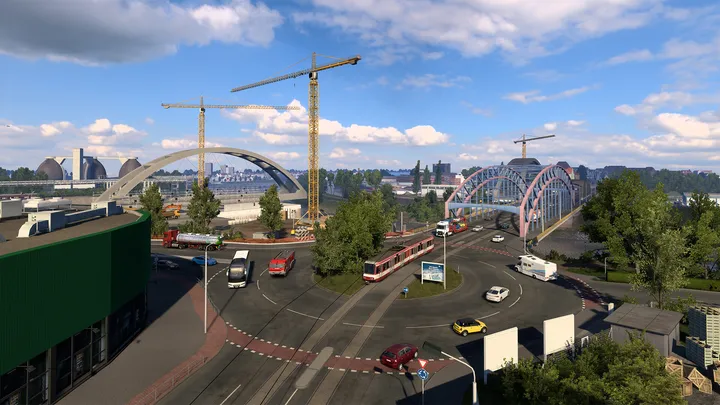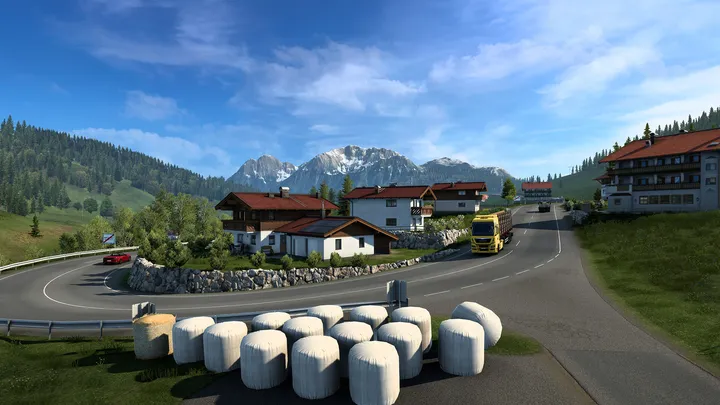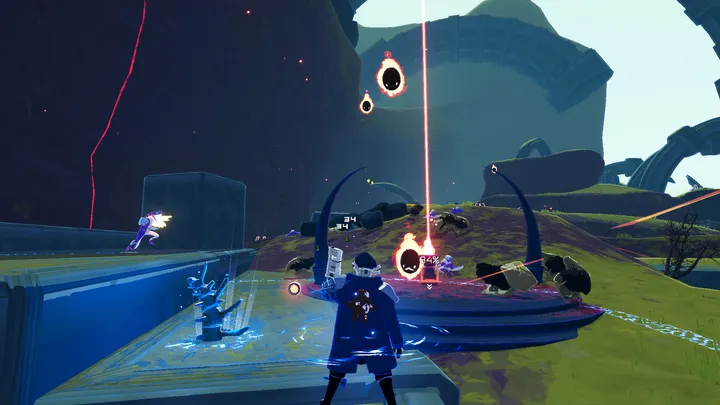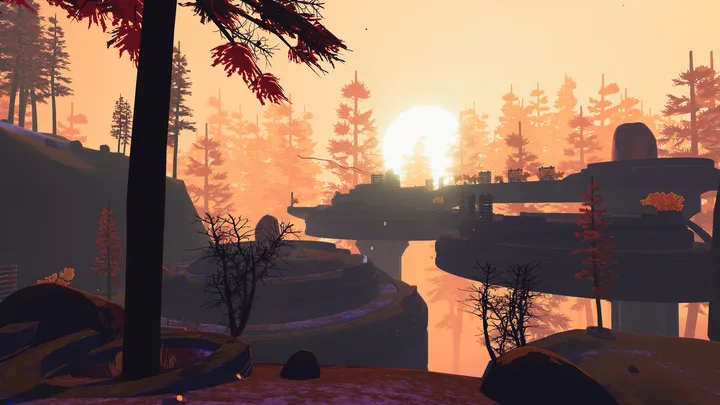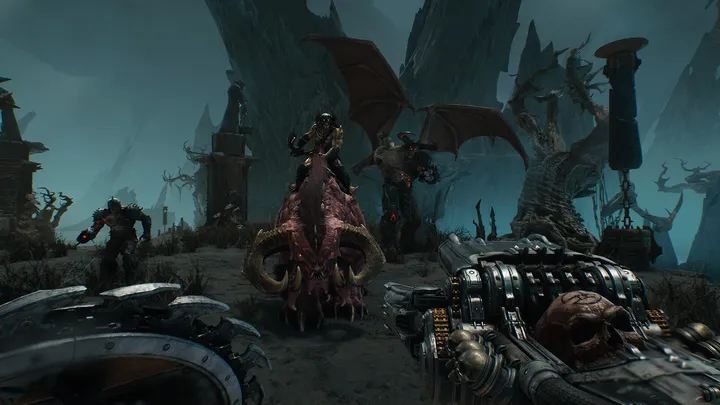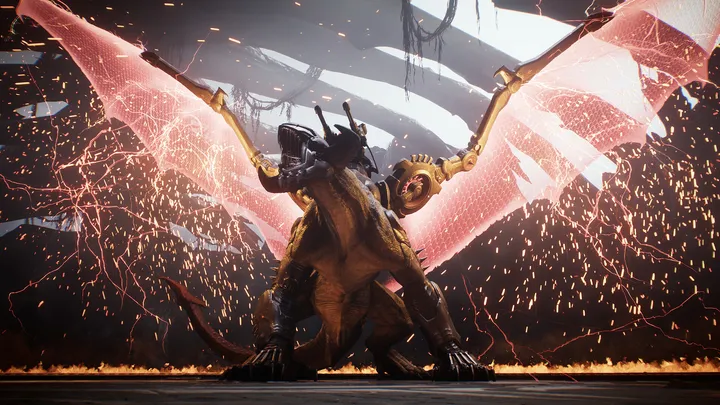DOOM: The Dark Ages is not just another entry in the DOOM franchise. Unlike the futuristic corridors and space stations fans are used to, this game plunges players into a medieval world overrun by Hell’s armies, combining iconic DOOM combat with a dark fantasy setting. But beneath its blood-soaked gameplay lies a deeper narrative struggle: how humanity survives when technology is stripped away and only raw skill and courage remain. This article explores that core issue in depth, analyzing how The Dark Ages transforms DOOM’s identity and forces players to adapt to a brutal, resource-scarce environment.
1. Setting the Stage: Medieval Destruction
In DOOM: The Dark Ages, Earth is plunged into chaos centuries before modern technology. Hell has infiltrated castles, villages, and forests. Players are dropped into a world where swords, crossbows, and crude explosives replace plasma rifles and BFGs.
The game’s designers intentionally removed high-tech advantages to emphasize strategic thinking and environmental awareness. Players must understand terrain, enemy patterns, and timing instead of relying on futuristic firepower. This forces a return to DOOM’s core principle: skill matters above all.
2. The New Enemy Hierarchy
Demons in The Dark Ages are not merely reskinned classics. They have adapted to medieval combat:
- Hell Knights wield flaming maces and shields, capable of charging across battlegrounds.
- Imps have agility enhanced for rooftop ambushes.
- Cacodemons now roll in armor, requiring precise timing to defeat.
This redesign challenges players to rethink familiar combat patterns, making every encounter a tactical puzzle rather than a reflex shootout.

3. Weapon Redesign: Medieval Tools of Destruction
The traditional arsenal of DOOM is replaced with period-appropriate weapons enhanced with demonic power:
- Sword infused with Hellfire for close combat.
- Crossbows with explosive bolts.
- Alchemical grenades that mimic plasma effects.
Gameplay Implications
Players must balance melee and ranged combat strategically. Close-range engagement carries risk but rewards with higher damage, while ranged combat is limited by reload speed and ammunition scarcity.
4. Resource Scarcity and Survival Tactics
Unlike traditional DOOM, The Dark Ages emphasizes resource management. Health potions, ammunition, and armor must be scavenged. Reckless aggression can leave players stranded in the middle of a battlefield.
Psychological Impact
This scarcity introduces tension rarely felt in previous DOOM games. Every skirmish requires careful planning, making victories feel earned and losses punishing.
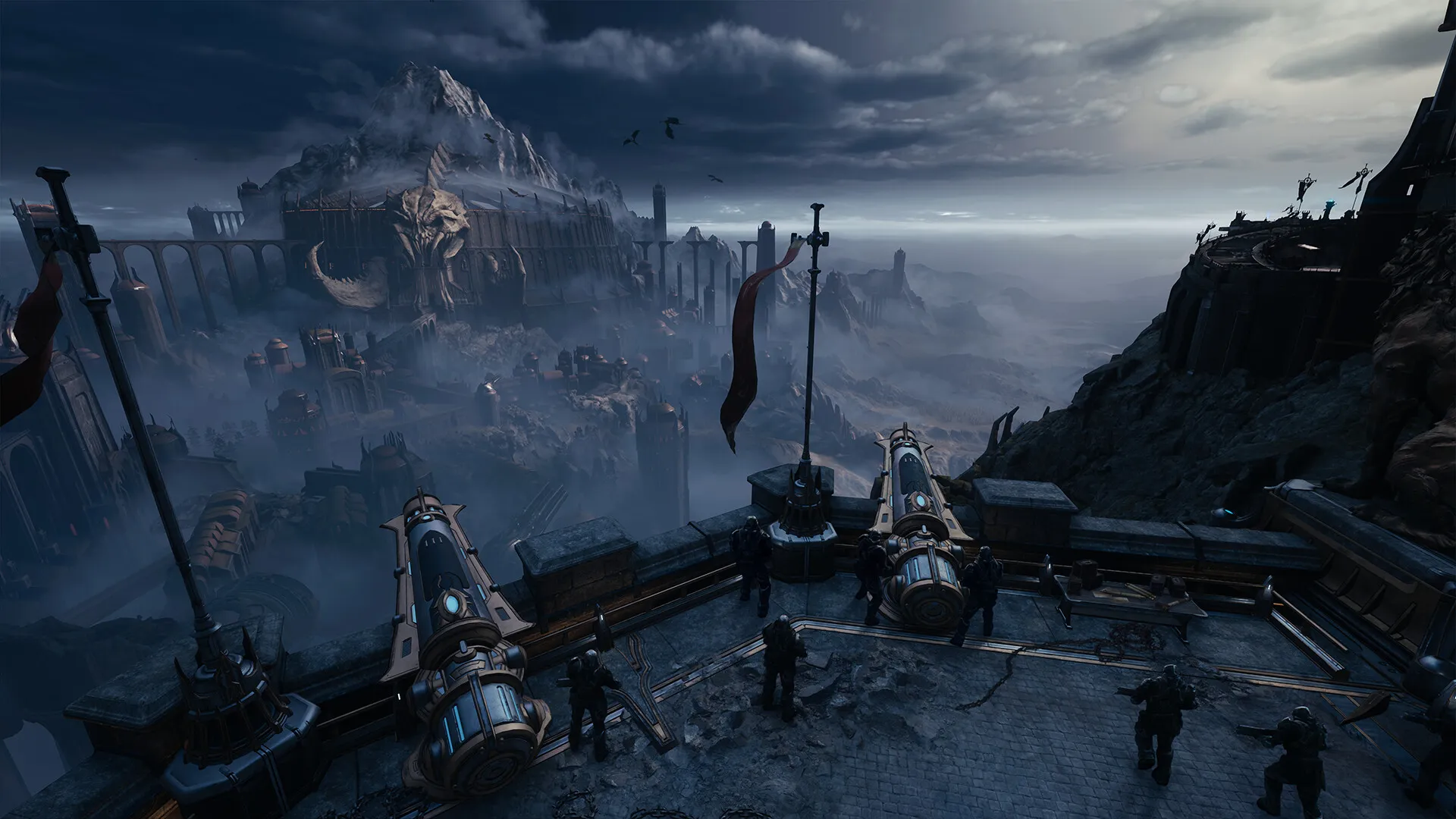
5. Environmental Hazards: The Medieval Doomscape
Castles, forests, and dungeons are more than aesthetic. Traps, collapsing floors, and enemy ambush points demand constant vigilance. Players must learn to use the environment both defensively and offensively.
Examples
- Drawbridges can be destroyed to hinder enemy advance.
- Catapults can be triggered to deal damage to groups of demons.
6. The Story of Survival
The narrative follows a lone warrior attempting to defend humanity against the demonic invasion. Without modern tech, the story focuses on human ingenuity, courage, and sacrifice. The lore is richer and more immersive than previous DOOM titles, exploring themes of medieval superstition, religion, and the cost of heroism.
7. Combat Mechanics: Skill Over Firepower
DOOM: The Dark Ages removes the crutch of high-tech shooting and emphasizes timing, dodging, and weapon mastery. Combos, parries, and stamina management become central to survival.
New Features
- Block and counter system for melee combat.
- Stamina meter affecting sprint, dodge, and heavy attacks.
- Skill-based enemy AI that adapts to repetitive player strategies.
8. Multiplayer Dynamics
The game introduces cooperative play where players must coordinate roles:
- Tank-like characters hold choke points.
- Archers provide ranged suppression.
- Rogues flank enemies for precision kills.
This reinforces the theme that survival is impossible alone in a medieval hellscape.
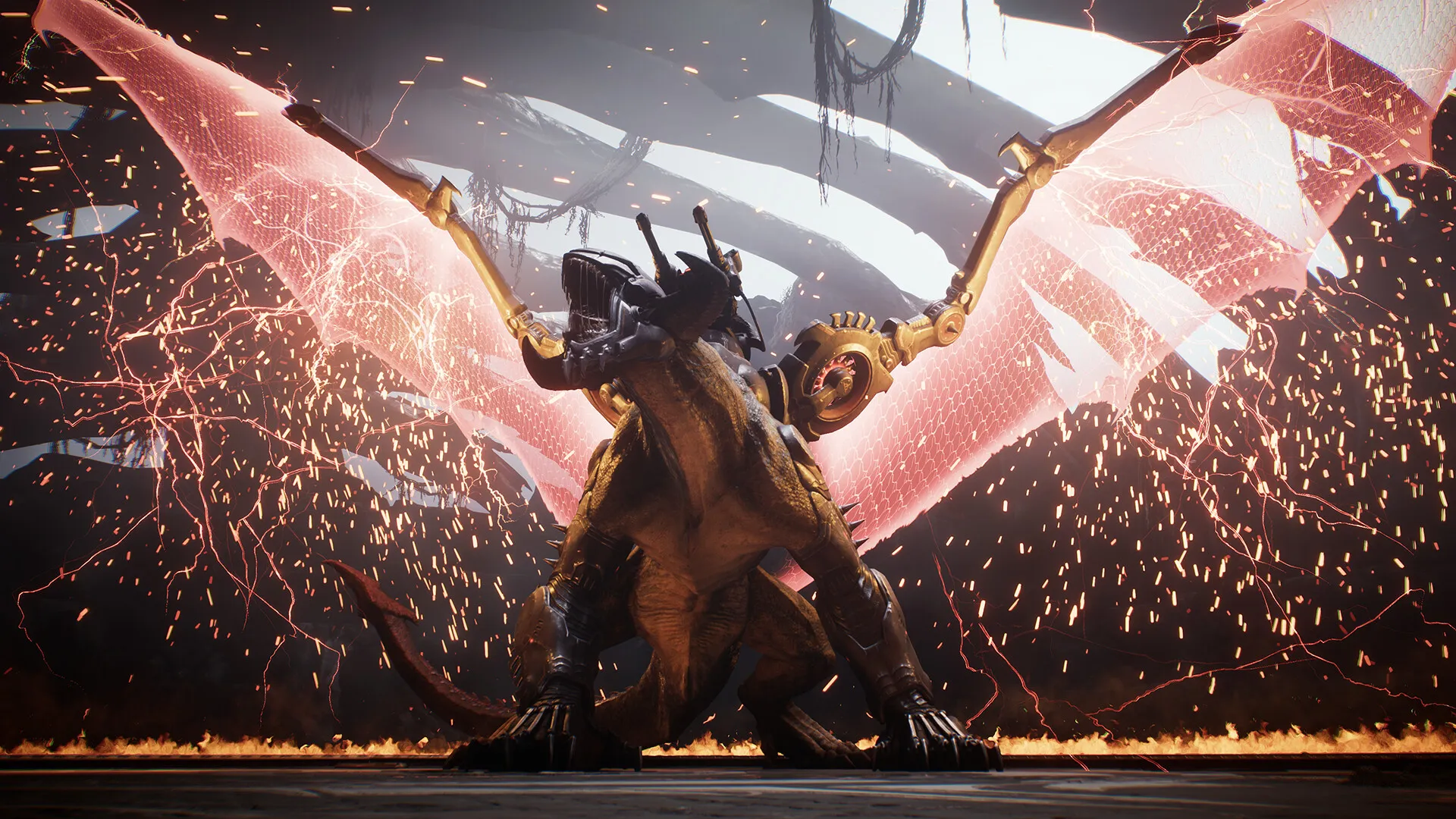
9. Visual and Audio Design: Immersive Medieval Horror
Graphics are darker, with stone castles, foggy forests, and blood-slicked dungeons. Sound design emphasizes ambient tension: distant roars, clanging armor, and haunting church bells. The aesthetic enhances the sense of vulnerability, forcing players to engage thoughtfully with every encounter.
10. The Dark Ages Legacy
DOOM: The Dark Ages successfully merges DOOM’s signature fast-paced combat with medieval tactics, environmental storytelling, and resource management. By stripping away technology, the game refocuses on skill, strategy, and narrative immersion. It challenges players to survive a world where every mistake is costly, and every victory feels hard-won.
Conclusion
DOOM: The Dark Ages is a bold reimagining of the franchise, proving that DOOM’s core identity can thrive outside sci-fi corridors. Its emphasis on medieval combat, resource management, and tactical thinking creates a deeper, more immersive experience that forces players to confront not only demons but their own ingenuity.









